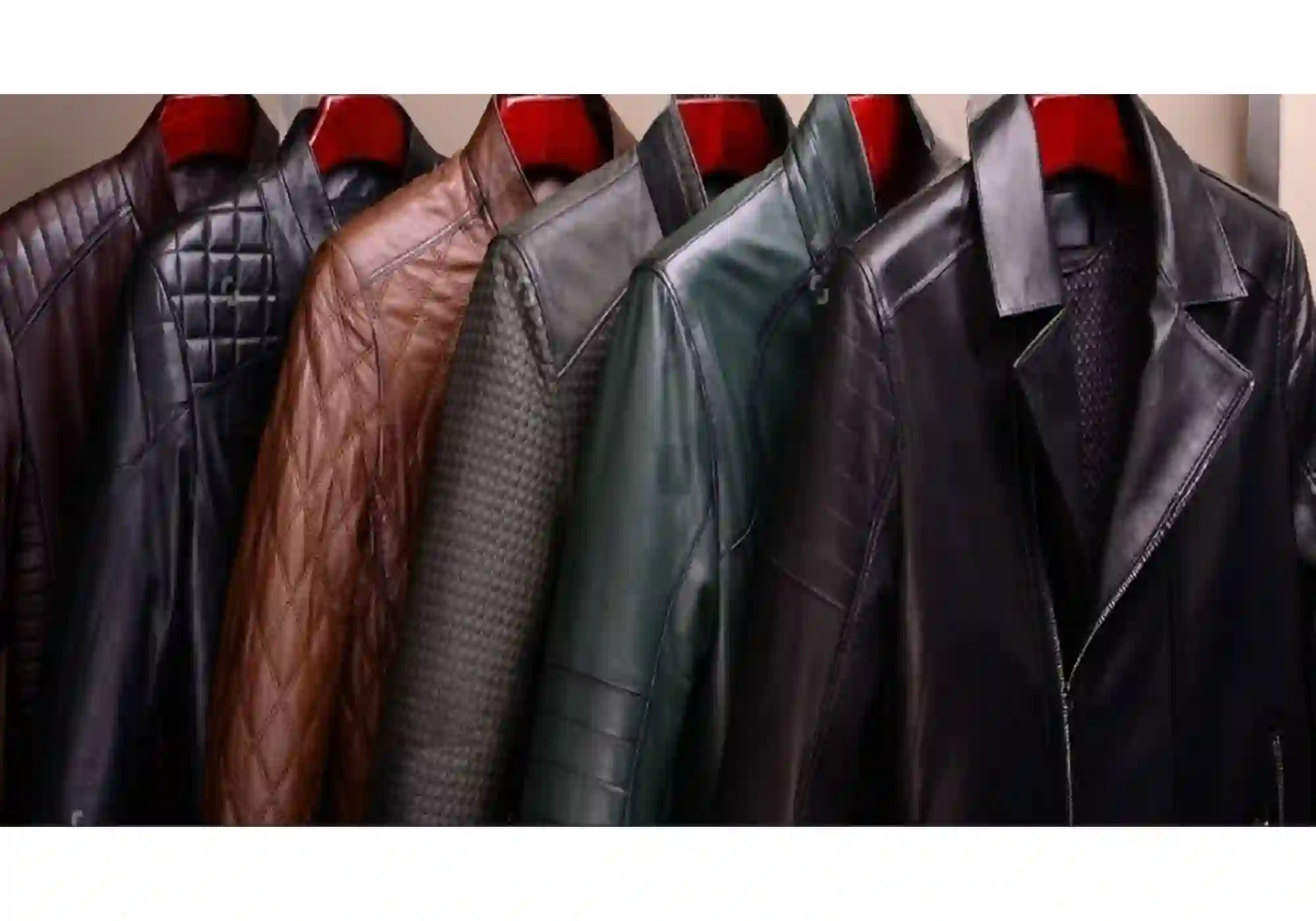Environmental Impact: Sustainability Challenges in Leather Jacket Production
Without a single doubt, today the environment is being damaged and is under severe pollution due to the usage of plastic. Many industries forming leather related items like leather jackets, have claimed that it is a sustainable product while comparing it with plastic and items that are micro plastic. But many massive crises in the biodiversity are due to the production of leather and are undeniable.
Climatic Crisis Related to Leather
To animal’s agriculture, almost 16.5% of greenhouse gas emissions are linked and is observed and studied by the United Nation Food and Agricultural Organization. Out of this 16.5%, 62% of the emissions are linked with the rearing of the cattle. According to the measurements of CIRUMFAUNA, the leather of cow emits 100.5 KG of carbon dioxide whereas, if the same amount of leather is taken through synthetic ways, it emits 14.4 KG of carbon dioxide. This observation is only based on the skin of the cattle. If the actual emission would be calculated after the process of production, it would be far higher than 100.5KG.
Impact of Leather on Land and Overall Biodiversity
Leather is a product which has contributed actively in the crisis of the environment and biodiversity. Moreover, its production process requires a massive area of land to complete the process. So, it can be concluded that the biodiversity is being deteriorated by the induction of leather and its formation. It not only harms the biodiversity but also implies towards desertification and extinction of various land and sea animals.
Following are listed some of the sustainability challenges for the climate due to the production of leather;
-
A Multifaceted Industry

The Leather industry is a factory which is multifaceted. It not only forms leather jackets but also leather made bags, furniture, shoes etc. This means that it used leather in various things and quantities. So, in order to complete its orders and demands, it uses massive spaces and often leaves huge dumps of unsustainable items. The climate is very much changing due to the excessive productions of leather.
-
Livestock Farming is the Raw Material Sourcing
Animal skin, is one of the major raw materials used in the production of leather. The skin can be of any animal ranging from bears to cows. The animals included in the livestock like sheep, goats, etc. are also used to produce the leather and due to their inclusion, gases like methane and nitrous oxide are being emitted. According to some researches, these gases have a higher potential towards the global warming than carbon dioxide.
-
Deforestation due to Land Usage
As discussed earlier, the production of the leather requires a lot of area and space. This must be somewhere in the world and for that huge areas are being deserted and cut out as barren. Due to deforestation, harm has already reached to us by the release of dangerous gas like carbon dioxide and has also reduced the capacity of our planet Earth to seize or confiscate carbon. The alteration of a forest to a grazing land for the cattle can also become a cause towards the emission of carbon dioxide.
-
Pollution and Water Consumption
The production of leather needs a huge amount or massive volumes of water. The tanning process in the production is a major part and it requires huge volumes of water to reach the level of accomplishment. There is no doubt in saying that the tanning process of the leather production not only requires water but also is active in polluting the water. There are many harmful chemicals that can be used during the tanning process and they can damage the whole ecosystem by poisoning the water bodies and contaminating the aquatic life. Chromium is a major chemical involved in this process.
-
Harmful Emissions through Tanning and Consumption of Energy
The tanning process is not only water intensive but also requires huge joules of energy to reach towards the completion. There are various stages of the tanning process that require thousands of joules of energy from the burning of fossil fuels. In this process, it is quite clear that gases will be consumed and most significantly carbon dioxide is emitted.
In many of the developing countries around the world, where the law isn’t well considered and gives open permissions to everyone, the tanneries use the out dated machineries, which might not need more energy for the production but can become very harmful in the matter of pollution.
-
Generation and Waste Management
Have you ever seen someone forming a leather? Have you ever witnessed the space around? Well if not then let me clear that the leather making process ends with heaps of waste which can either be solid or liquid waste further contaminated with harmful chemicals. There should be a specific way to decompose all the waste and if not, it can exacerbate pollution. For example, if one has not completely decomposed the solid waste, it can result in the emission of harmful gases like methane and in the case of the liquid dumps, they can release harmful gases in the air, ultimately polluting the overall environment.
-
Emissions during Transportation
For the processes like further processing and distributions, many leather made products or leftover work is often transported to different countries and continents. Emissions during such cases are called transportation emissions. These leather products which are still to be completed are relayed on the transports that burn fossil fuels for their proper work and in these situations, emissions take place.
-
A Complete Life-Cycle of Leather Made Products
When a product made up of leather will reach its ending phases, for example a leather jacket which one has bought eleven years ago is now worn out and shaggy, it will also have a negative impact on the environment. Some people will try to dump the leather in the landfills and it can also be harmful because it might release the harmful gas methane. The leather is durable in terms of its longevity because it can take more time to get decomposed within a landfill and with time it will release more gases.
Conclusion
Although leather is one of the most used item in the world today, still we cannot deny from the fact that it has severe and harmful impacts on the environment. The major damages of leather production include deforestation and desertification. The global warming is increasing day by day. Many of the people claim that it’s because of the in excessive use of the plastic but little they know that with plastic, leather also stands out. Leather can never be decomposed easily and still remains an item which is never sustainable. The leather companies say that people can trust leather while comparing it with plastic, but they also release harmful gases like methane, nitrous oxide, carbon dioxide etc.
There are various processes used to form leather, one of them is called the tanning process. This process includes the massive usage of water and energy which directly disrupts the aquatic system and also the burning of fossil fuels emits harmful gases. This whole process is destroying the biodiversity. Many people throw the worn out leather in the landfills without knowing that they will keep on emitting gases till their last breath, as it takes a long time for them to decompose.


